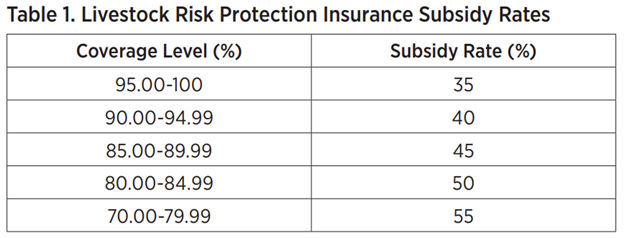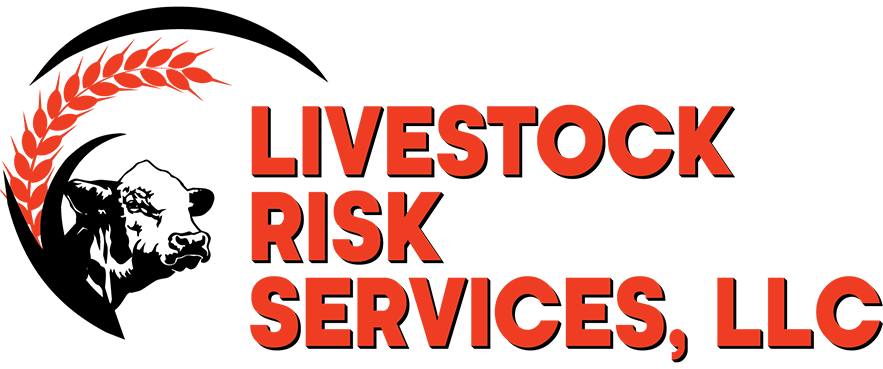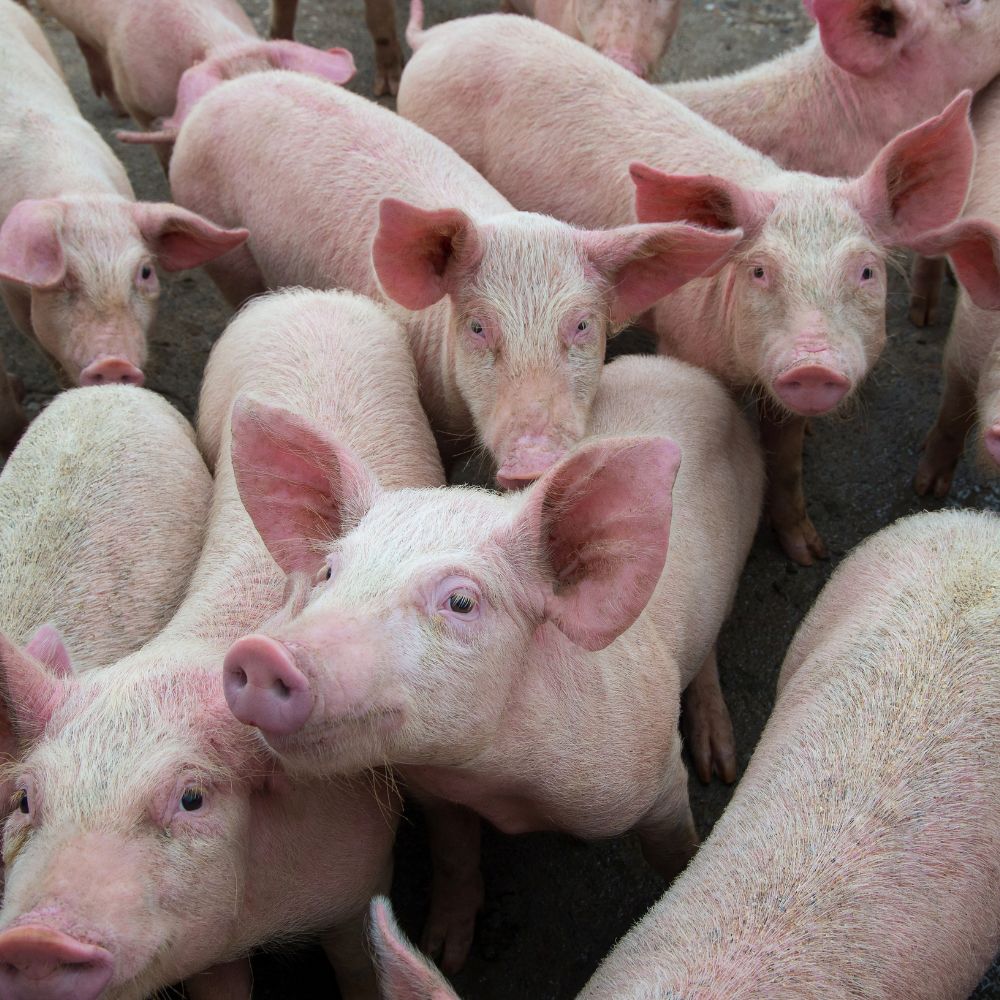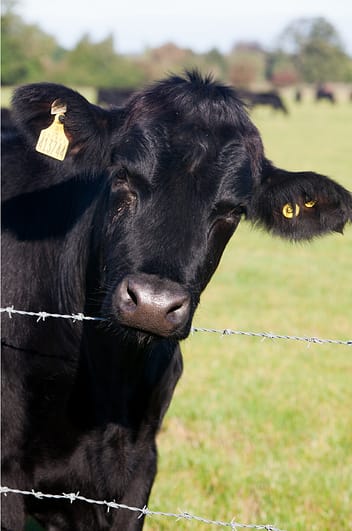Safeguarding Success: Bagley Risk Management Services
Safeguarding Success: Bagley Risk Management Services
Blog Article
Understanding Animals Risk Defense (LRP) Insurance Policy: A Comprehensive Guide
Navigating the realm of animals danger security (LRP) insurance can be a complicated venture for several in the agricultural field. From just how LRP insurance operates to the different protection choices available, there is much to uncover in this thorough overview that can potentially form the method animals manufacturers approach danger monitoring in their organizations.

How LRP Insurance Policy Works
Sometimes, understanding the mechanics of Animals Threat Defense (LRP) insurance can be complex, however damaging down just how it works can provide quality for farmers and ranchers. LRP insurance policy is a threat management tool created to secure livestock manufacturers versus unforeseen price declines. It's vital to note that LRP insurance coverage is not a revenue warranty; rather, it concentrates only on rate risk defense.
Eligibility and Insurance Coverage Options

When it comes to protection alternatives, LRP insurance policy provides manufacturers the flexibility to select the insurance coverage degree, insurance coverage period, and recommendations that ideal fit their threat administration requirements. By comprehending the eligibility standards and protection options available, livestock producers can make educated choices to handle risk successfully.
Benefits And Drawbacks of LRP Insurance Coverage
When examining Livestock Risk Defense (LRP) insurance policy, it is essential for livestock producers to evaluate the benefits and disadvantages integral in this risk administration device.

One of the key advantages of LRP insurance policy is its capacity to supply defense against a decline in animals rates. In addition, LRP insurance provides a degree of adaptability, permitting producers to personalize protection degrees and plan periods to match their specific requirements.
One limitation of LRP insurance coverage is that it does not shield versus all types of dangers, such as disease episodes or all-natural calamities. It is essential for manufacturers to meticulously assess their private risk exposure and financial scenario to identify if LRP insurance policy is the appropriate risk monitoring tool for their operation.
Comprehending LRP Insurance Policy Premiums

Tips for Taking Full Advantage Of LRP Benefits
Making the most of the advantages of Livestock Threat Protection (LRP) insurance coverage needs tactical preparation and proactive risk management - Bagley Risk Management. To make the many of your LRP coverage, think about the adhering to tips:
On A Regular Basis Evaluate Market Problems: Remain educated regarding market fads and cost variations in the livestock market. By monitoring these aspects, you can make enlightened decisions concerning when to acquire LRP insurance coverage to protect against prospective losses.
Set Realistic Protection Levels: When selecting insurance coverage levels, consider your production expenses, market value of livestock, and possible risks - Bagley Risk Management. Establishing realistic protection levels guarantees that you are properly protected without overpaying for my response unneeded insurance
Expand Your Insurance Coverage: Rather than counting exclusively on LRP insurance policy, think about diversifying your threat administration approaches. Integrating LRP with other risk monitoring tools such as futures agreements or choices can supply comprehensive protection against market uncertainties.
Evaluation and Change Coverage Regularly: As market conditions transform, periodically review your LRP coverage to ensure it straightens with your existing danger exposure. Changing coverage levels and timing of acquisitions can assist optimize your danger protection strategy. By adhering to these suggestions, you can make best use of the advantages of LRP insurance policy and protect your animals procedure against unanticipated threats.
Conclusion
Finally, livestock read here threat security (LRP) insurance is an important device for farmers to handle the financial dangers related to their animals procedures. By comprehending how LRP works, qualification and coverage alternatives, in addition to the pros and disadvantages of this insurance policy, farmers can make educated decisions to secure their livelihoods. By carefully considering LRP premiums and implementing techniques to make best use of advantages, farmers can minimize prospective losses and ensure the sustainability of their operations.
Livestock manufacturers interested in obtaining Animals Risk Defense (LRP) insurance coverage can check out a range of qualification criteria and insurance coverage choices tailored to their certain animals operations.When it comes to coverage options, LRP insurance policy provides manufacturers the flexibility to pick the coverage degree, coverage duration, and endorsements that ideal match their risk management requirements.To comprehend the intricacies of Livestock Danger Security (LRP) insurance completely, comprehending the variables influencing LRP insurance coverage premiums is essential. LRP insurance premiums are determined by different components, including the protection level selected, the anticipated cost of animals at the end of the protection period, the type of animals being guaranteed, and look at this site the size of the insurance coverage period.Testimonial and Adjust Protection Routinely: As market problems alter, periodically assess your LRP insurance coverage to ensure it straightens with your present danger exposure.
Report this page